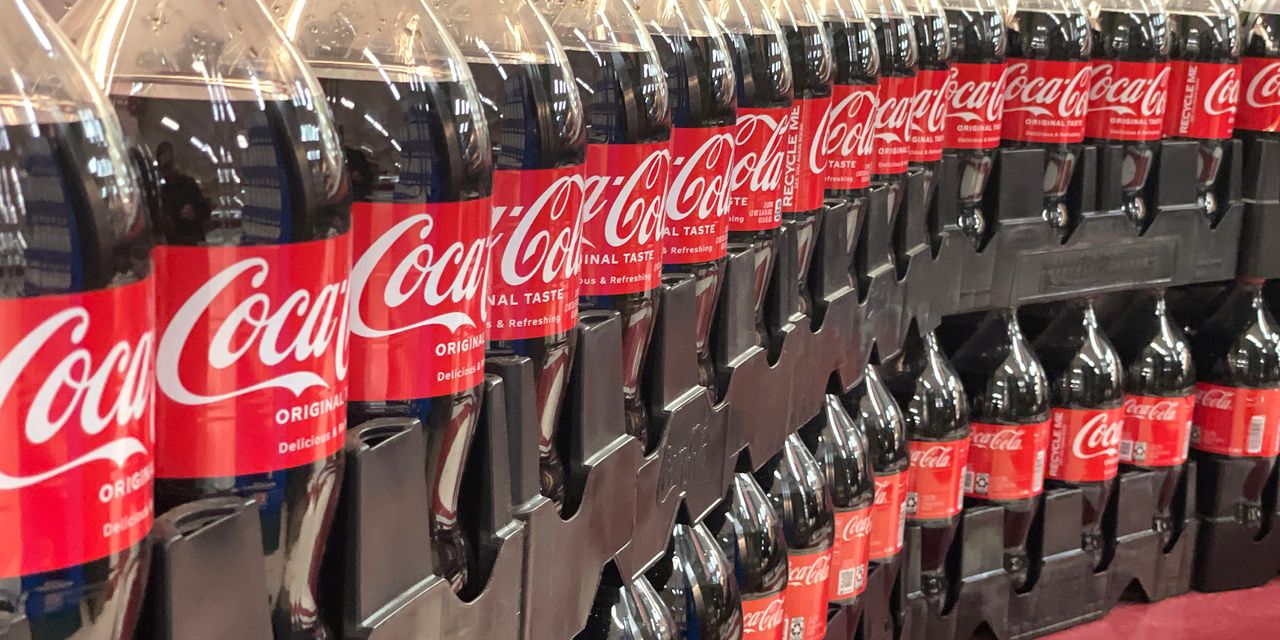The stock market is made up of winners and losers. And they can be wildly different, depending on what’s going on with the company, or the economy, or a host of other things. So, how do you pick winners?
If you’ve tried, you know it isn’t easy. Timing, though, has a lot to do with it.
Last fall, most stocks got a major lift. The S&P 500 is up 25% since then. Big Tech grabbed the headlines, but other names have had nice gains, too. The Invesco S&P 500 Equal Weight Exchange-Traded Fund (RSP), which weights each stock in the index equally and strips out the effect of Big Tech, is up 20%, for example.
The overarching market driver: Expectations that the Federal Reserve would stop hiking interest rates as inflation cooled. No more rate increases signals a steady economy and, more important, steady corporate profits to count on.
Here’s how it worked back in early October: The hopes for the economy lifted all stocks, something called positive correlation. At the end of the year, correlation stood at 50%, according to the Cboe Options Exchange.
Now, though, the market has baked in that optimism, and fewer stocks are climbing. In just the past three months, correlation has dropped to below 20%, near the lowest point in over a decade.
The gainers these days are the companies that are executing their strategies.
It’s “truly a “market of stocks” not a “stock market,” wrote Julian Emanuel, strategist at Evercore.
Some have been unfairly knocked down. The spring’s bank failures dented all regional bank stocks—the SPDR S&P Regional Banking Exchange-Traded Fund (KRE) is down 25%.
So, the big question: Which stocks are worth buying?
Some have been unfairly knocked down. The spring’s bank failures dented all regional bank stocks—the SPDR S&P Regional Banking Exchange-Traded Fund (KRE) is down 25%.
But not all banks have seen their fundamentals worsen. Bread Financial (BFH), which has a $1.7 billion market capitalization, is an example. It’s down 8% for the year, and was down double digits at one point. It now trades at 3.2 times forward earnings-per-share forecasts, versus an average of almost 6 times in the past five years, according to
FactSet.
It has seen stable deposits this year and analysts have revised EPS estimates higher.
The consumer staples sector has a similar story to tell. Last year, investors wanted the safety of companies that sell staples such as toilet paper and groceries. Those stocks soared. Now, investors are looking for new opportunities because the Vanguard Consumer Staples Index Fund Exchange-Traded Fund (VDC) had far outperformed the S&P 500. Today, the staples ETF is down 3% from its December high.
But, like banks, there are exceptions. One is
Coca-Cola
(KO), which is down 7% from its December high. It now trades at about 22 times earnings, a 16% premium to the S&P 500’s 19 times. Historically, it can trade at an above 40% premium when staples are bit more in favor. From this valuation level, earnings growth and dividend payments could make for a solid total return. The annualized EPS growth of 7% that analysts expect for the next three years could take the stock higher and the company plans to boost its dividend payment by about 5.5% a year.
Starbucks
(SBUX), too, is executing a high-growth strategy. The coffee chain is adding stores in China and new rewards members at home, helping it grow sales. Consequently, profit margins should expand.
The stock is down 11% from its April peak. It trades at a tolerable 25 times earnings, about 33% above the S&P 500’s multiple; it can sometimes trade at a more than 60% premium. That’s because Starbucks is expected to grow earnings about twice as fast as the S&P 500 over the next three years, so higher EPS could bring the stock higher. And it has beaten EPS expectations in three of the last four quarters.
So, how to find the winners?
The key is to find sturdy businesses at reasonable prices. The best trick today is to watch what investors are selling—and why—and then take a look at what treasure might be left in the rubble.
Write to Jacob Sonenshine at [email protected]
Read the full article here



